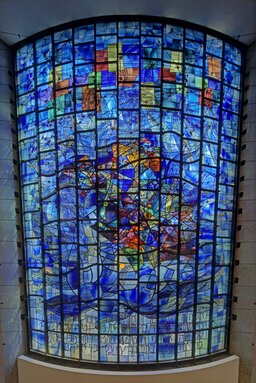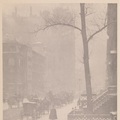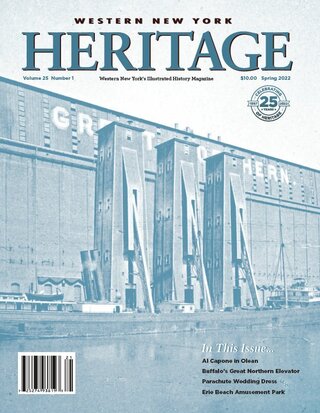A colorful look at the inspirational glass art inside Buffalo’s iconic synagogue.
The Windows of Temple Beth Zion
The full content is available in the Spring 2022 Issue, or online with the purchase of:
If you have already purchased the product above, you can Sign In to access it.
Related Content








